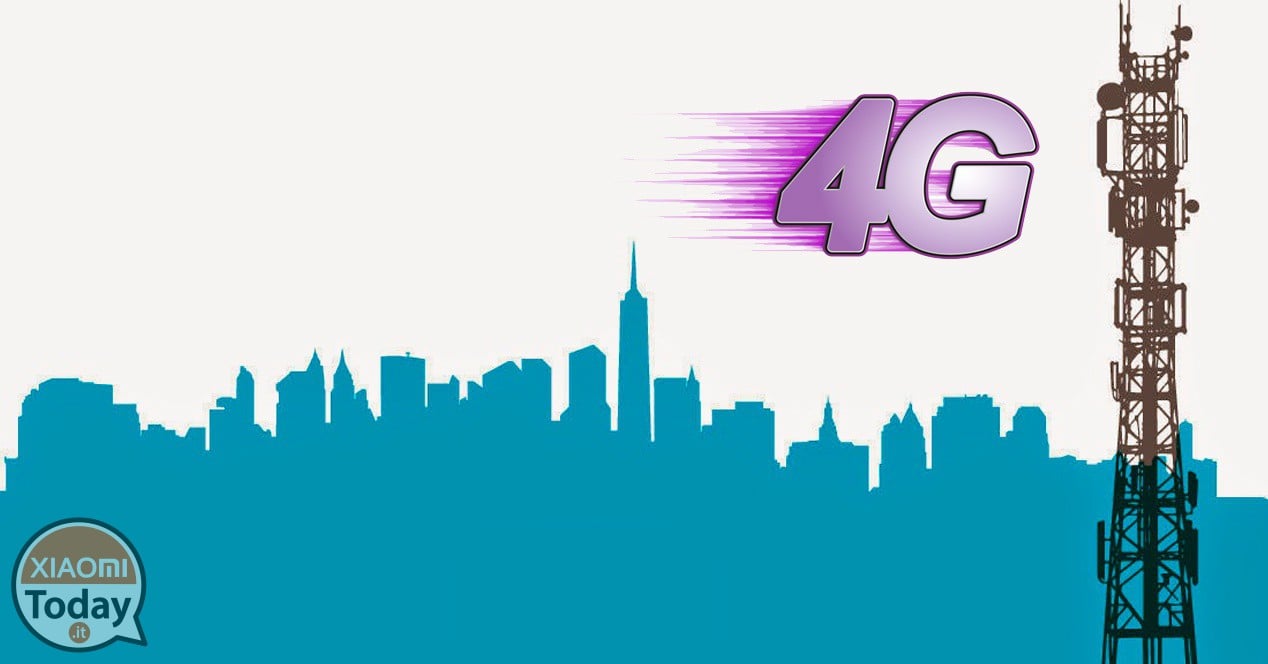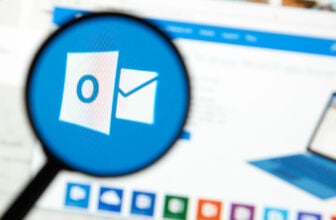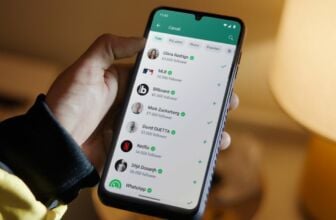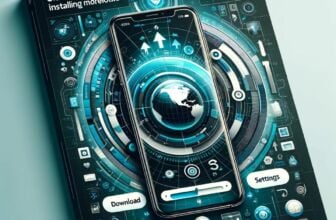
For all of us who love the "cinafonini", often and willingly we find ourselves facing the notorious "Band 20" or simply called "800Mhz". In reality the question is at the same time easy but complex to deal with, and in this article I will explain why.
I do not want to bore you with incomprehensible technical data to most (including myself), my intent is to explain in a simple way what could be the drawbacks of buying a phone that does not support this frequency band.
What is the 20 bandwidth (800Mhz)
The frequency band at 800 Mhz, also called the 20 band, is one of 3 available with public auction in the 2011 for the data transmission high speed 4G LTE. In the same auction the other available frequencies were the 1800Mhz and the 2600Mhz. These 3 frequencies carry data at different speeds and different peculiarities. There faster and is suitable for very crowded places 2600Mhz, the quickest one is the one 800Mhz which has a extended range of action and penetrating capabilities in buildings best of 2600Mhz. A good middle ground remains the 1800Mhz band (perhaps the most used today).
In the famous auction, the 4 major Italian operators have so divided the frequencies:
- TIM - Band 20 (800Mhz) / Band 3 (1800Mhz) / Band 7 (2600Mhz)
- Vodafone - Band 20 (800Mhz) / Band 3 (1800Mhz) / Band 7 (2600Mhz)
- H3G Band 3 (1800Mhz) / 7 Band (2600Mhz)
- wind - Band 20 (800Mhz) Band 7 (2600Mhz)
From this table emerges quite clearly that whoever has it as an operator 3 Italy (H3G) you will not notice any differences between using a phone with or without 20 bandwidth.
Customers Tim and Vodafone, depending on the work areas, may experience the 20 bandwidth effect. Both operators having available both 1800Mhz and 2600Mhz, in large urban centers and in all those areas close to transmitting antennas will not notice any differences as they will "hook" one of these frequencies, while in rural areas or within buildings especially "closed" reception in 4G could be compromised.
Different is the talk for the users wind which, not having the 1800Mhz frequency available, uses the 800Mhz band as the main one. So in large urban centers served by the 2600Mhz frequency, they will navigate in 4G while in all other circumstances the maximum connection speed will be HSPA +
What is the difference between LTE 20 and HSPA + bandwidth?
As we have already said, the 800Mhz frequency is the slower 4G can in fact get to 75Mbps in download (while the 1800Mhz and 2600Mhz arrive up to 150Mbps). The step below, that is, the HSPA plus (H +) connection can reach 42Mbps and would be reachable from any 20-free smartphone. These values are a theoretical reference because, in fact, the actual transfer rate is almost always much lower. These speeds obviously depend on the quality of the signal that our phone receives. So it's not even sure that a 4G connection on the 20 band is faster than one on HSPA +. That being said, having the 800Mhz band would always be better than not having it, but not having it in many cases would make no difference.
To recap
- It would be better to have the 20 band
- Band 20 (800Mhz) - * It is the slowest of 4G * Covers greater distances * Penetrates buildings better
- Band 7 (2600Mhz) - * It is faster than 4G and suitable for crowded areas * Covers less distances * Difficulty in penetrating buildings
- 3 Band (1800Mhz) - * Midway between 800Mhz and 2600Mhz
- In large urban centers, the band used by all operators is the 2600Mhz, so no operator should have difficulty browsing LTE
- In the current state of Italian mobile networks, navigating in HSPA + instead of LTE on 800Mhz band does not compromise the navigation experience and may not highlight differences.
Among other things, it is from poco The merger between H3G and Wind has been formalized, so soon there will be a new operator who will probably use all the frequencies available to the 2. In this case, even the former Wind users could benefit from the 1800Mhz band.
My personal advice is to take these data with the pliers as the variables in the game are really many and to have the certainty of the speed of navigation of your smartphone the best way is to test it personally.









I just bought a Xiaomi me max and with Wind notorious slowdowns I also almost always sail in 3G.
In fact, the problem is not 3G navigation, but 4G navigation ...
We say that Wind will also have great prices, service is poor, and also the connection speed.
I bought the Redmi Note 3 Pro. I knew it did not have a B20, and being a Wind user, I thought about it for a while. In the end I was convinced of the fact that with the previous smartphone (Moto G 2013) I was also navigating well in H +. The Wind has very bad performances. I have tested in both H + and LTE. I live in Turin where coverage should be great. The maximum speed I reached in H + is 12 megs while in LTE 42. For normal use, that's enough. When I had the TIM, in H + I navigated much better, the signal... Read the rest »
Thanks for your testimony! Unfortunately, as I wrote in the article, performance varies a lot from country to country.